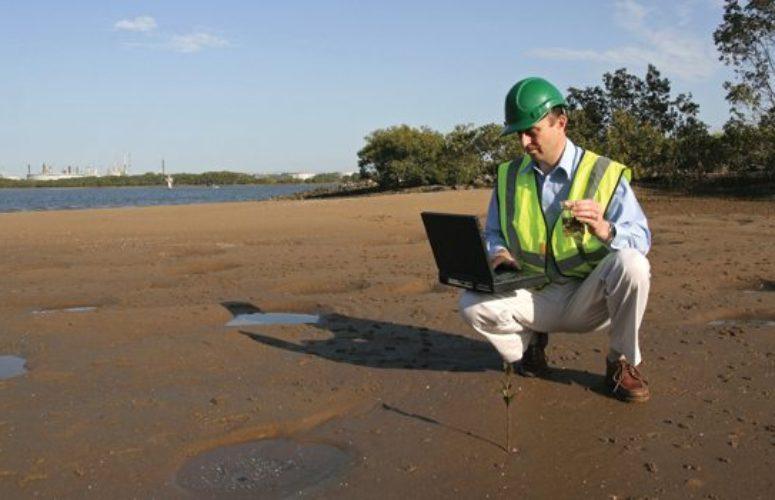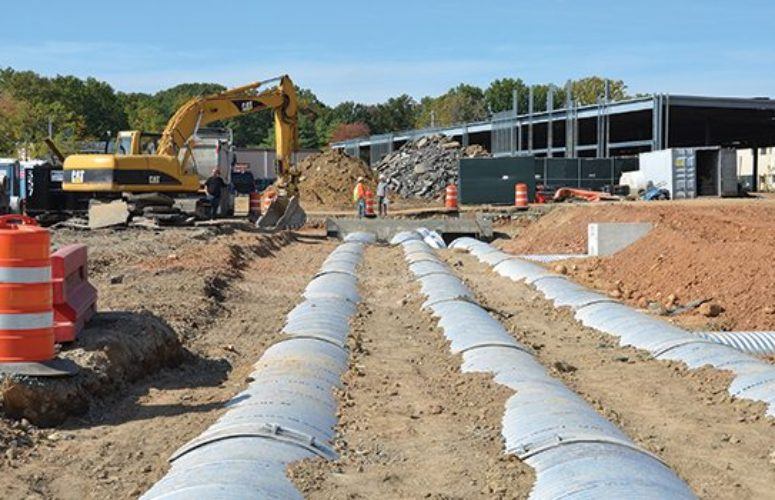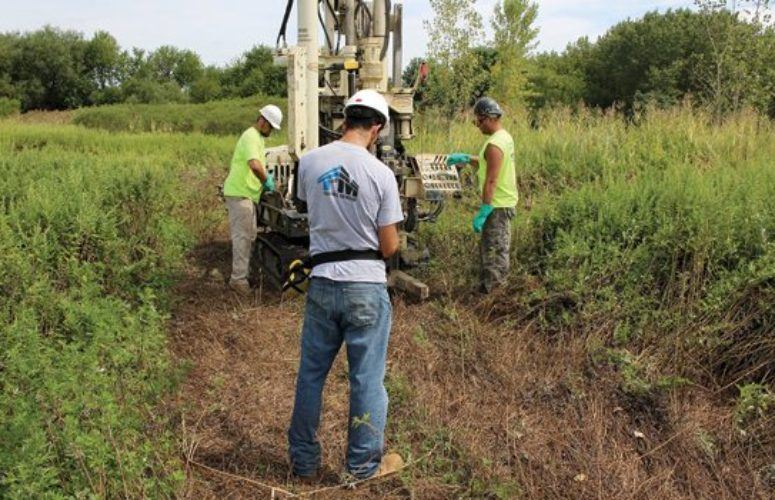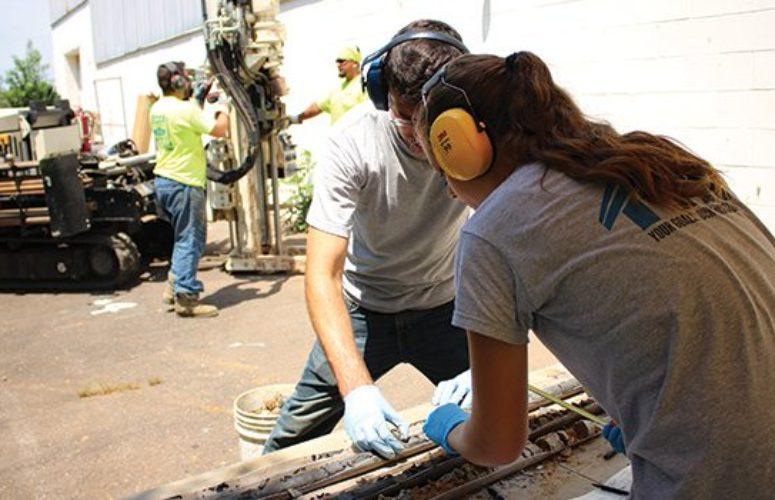
Transactional Considerations for Properties with Remedial Action Permits
By Jaan M. Haus, Associate in the Environmental Practice Group at Riker Danzig Scherer Hyland and Perretti LLP. On Feb 26, 2015The New Jersey Site Remediation Reform Act (SRRA) and its implementing regulations require a person responsible for conducting remediation (PRCR) of a property to obtain a Remedial Action Permit (RAP) when instituting engineering and/or institutional controls for contamination that will remain on the property as part of a remedial action. Parties to a transaction involving property encumbered by a RAP and underlying controls should consider the often substantial obligations arising from these remedial mechanisms and attempt to negotiate favorable terms of purchase or sale.
For instance, soil contamination frequently is allowed to remain onsite if the PRCR records a Deed Notice, an institutional control, and provides a physical barrier or cap, an engineering control, to protect humans and the environment from exposure to the contamination. Likewise, if groundwater contamination remains, an institutional control in the form of a Classification Exception Area (CEA) must be established and the groundwater contamination may be remediated over a period of years (e.g., a monitored natural attenuation remedy). In either case, a RAP must be obtained and complied with for the duration of the engineering and/or institutional controls, i.e., as long as contaminants remain in the environment at levels exceeding cleanup standards. Given the typically long-term duration of these remedial instruments, RAPs and institutional and engineering controls place considerable burdens and encumbrances on the subject property and its owner.
Significantly, RAPs require periodic monitoring and maintenance requirements for the engineering and institutional controls and that a Licensed Site Remediation Professional (LSRP) submit a remediation protectiveness certification to the New Jersey Department of Environmental Protection (DEP) on a biennial basis to certify that the controls remain protective of human health and the environment. This means that a LSRP must be retained for the site for the life of the permit. In the event that a long-term engineering control (e.g., remedial cap) is used, financial assurance typically is required of the PRCR in the amount of the estimated cost of monitoring and maintenance for a period of 30 years. Certain persons are exempt from this financial assurance requirement (e.g., government entities, small business owners, persons remediating child care centers or schools). For non-exempt parties, a LSRP must certify the estimated cost of the monitoring and maintenance and submit appropriate forms to the DEP. Although there are several different financial assurance mechanisms to satisfy this requirement (i.e. trust fund, letter of credit, line of credit and insurance), funds may not be drawn from the financial assurance to pay for the costs of monitoring and maintenance. Depending on the size of the site, the nature of the controls and the cost of the maintenance, financial assurance can present a considerable burden to the permittee and property owner.
Given the significant obligations associated with RAPs, persons engaged in transactions involving contaminated property which is subject or may become subject to engineering and institutional controls should negotiate and enter contracts carefully. For example, if the cleanup is not yet completed, the parties may weigh the costs associated with RAP compliance against the costs of remediating a site to an unrestricted cleanup standard so that no controls are required. If feasible, an unrestricted “walk-away” remedy may be financially preferable.
If engineering or institutional controls are necessary, the parties should determine who will be contractually responsible for the ongoing RAP obligations, including the requirement to retain a LSRP, maintain financial assurance and submit all necessary reports, forms and certifications. By operation of the SRRA rules, a PRCR is considered a permittee on the RAP in perpetuity and the owner of the property is a co-permittee during the period of ownership; all permittees share joint and several responsibility for the RAP obligations. This means that if the primarily responsible party is not available or is non-compliant, the DEP may look to the co-permittee to satisfy the RAP obligations. Note that, regardless of the availability of an exemption to one permittee, if another permittee is not exempt from the requirement to post financial assurance, the non-exempt permittee(s) must establish the full amount of financial assurance.
The obligation to comply with the RAP should be clearly allocated in the contract. Safeguards such as indemnifications and/or escrows may be employed, for example, to protect a party that is a passive co-permittee. This is particularly important in the event that the primarily responsible party is no longer available to comply with the RAP requirements (e.g., through dissolution or otherwise) or the property is transferred to yet another owner in the future who may or may not take primary responsibility for the RAP obligations. Additionally, primarily responsible parties that do not own the subject property should ensure that they have access to the site in order to satisfy the RAP requirements. Lenders also should consider these obligations and address them with borrowers. In light of the potential pitfalls and complications, persons engaged in such transactions would do well to seek the assistance of knowledgeable counsel, LSRPs or other environmental professionals to understand the obligations and risks in order to make appropriate contracting decisions and negotiate the deal.
About the Authors: Jaan M. Haus is an associate in the Environmental Practice Group at Riker Danzig Scherer Hyland and Perretti LLP. He is also a member of the LSRPA Laws and Legislation Committee.
Related Articles:






